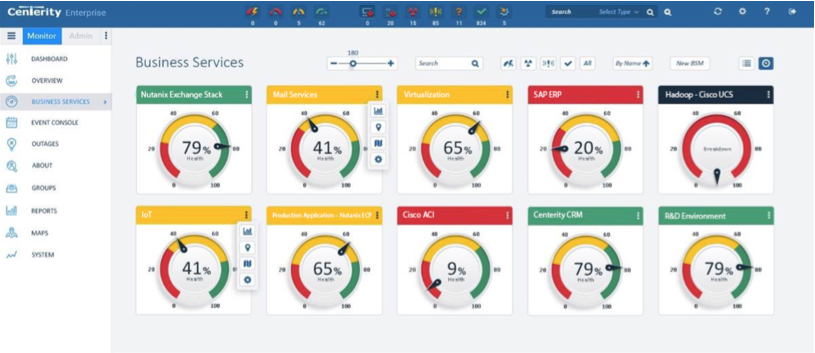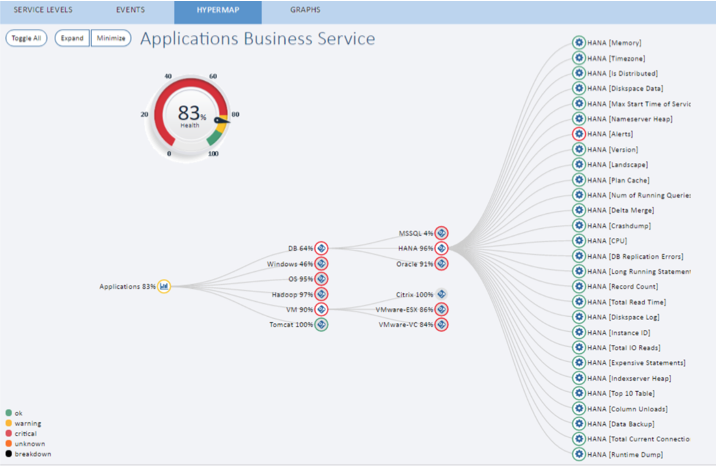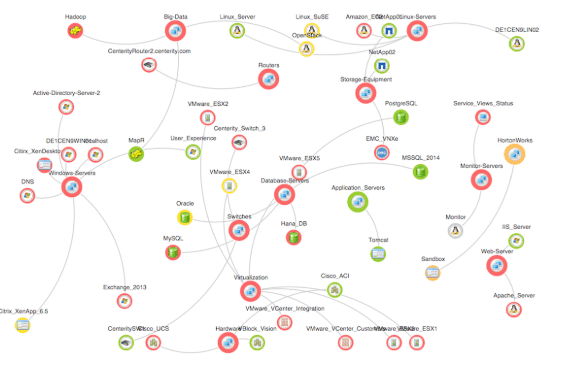More Information But Still No Context, A New Case for Business Service Management

Outages happen, and that will never change. In fact, I think they will increase due to the complexity of today’s enterprise’s technology landscapes. The advent and adoption of IoT in so many industries make this almost a foregone conclusion.

Moreover, despite the enormous amount of money spent on products to prevent and mitigate application and infrastructure issues nothing seems to have changed. Are the business and information technology yet connected yet in a way that mimimizes unnecessary “horrifying” situations?
Improving the future means considering the past. My career journey has had stops all along this continuum.
My first intersection with this challenge was as a salesperson at System Software Associates 1989 when they released the first fully integrated business system that included manufacturing, distribution, accounting, and human resources applications.
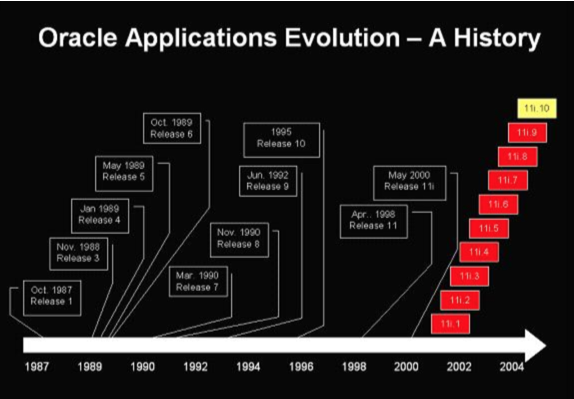
In 1994 Oracle came out with the first fully integrated ERP system based on a relational database and SAP was soon to follow. Now we not only had business process integration but the ability to search on this trove of information and see how events impacted different business disciplines within the enterprise.
In 1998 I joined some friends from Oracle at a company that eventually became Kintana, the creator of the IT Governance category. Now we were applying business concepts, ERP rigor, to the management of IT. We called it ERP for IT.
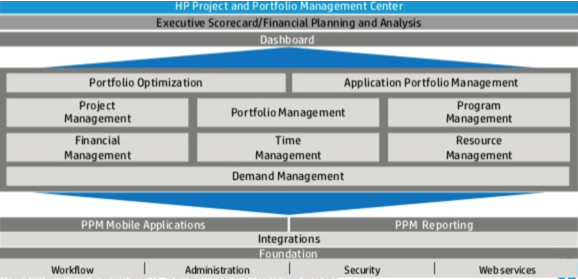
So as of 2000, the business and information functions were fully integrated but still on separate islands. Unfortunately, this is where we still currently sit. We know the impact of a material shortage on the supply chain and also the lack of developers on a key IT initiative. What we are missing is the relationship between a catastrophic event in IT and operations.
The reality is that our business partners still cannot be real partners in times of technical crisis because they do not have the appropriate intelligence to do so. Even more sadly, the ugly truth is that most IT departments still use different tools with inconsistent data, so they are still singing off of varying music after all the billions spent.
I would analogize it to the United Nations where they have all been sitting in the same room for decades trying to solve global problems, with little success. So what do computer outages have to do with the United Nations?”
Did you know that there are six “standard” languages at the UN and these are the only ones translated in those headphones?


So what about the folks that don’t speak those languages? Are they no longer a part of the process? Does this preclude them because they don’t understand one of the “languages?” I also wonder about the people that do speak those six languages, but poorly, do they copmpletely understand what’s going on?
In my opinion, today’s IT departments are like the UN in that they speak the six “languages” and communicate with each other relatively well. In many cases, they are basing their assumptions off different datasets which makes collaborating to solve problems challenging, but it is still an improvement over years ago.
Absurdly, on the other hand, the folks taking the biggest hit when things go south, the business, are the very people that don’t speak the six languages at ALL. The rationale I have heard is that this is acceptable because they’re not responsible for the technical solution.
What makes no sense, in my opinion, is that they have no idea what the impact of this technical problem is on their operational effectiveness. There is no opportunity to mitigate the situation either by doing the task manually or another workaround. They have to sit and wait for it to be completed and then take the heat. I imagine this is what happened at the hospital featured in this article.

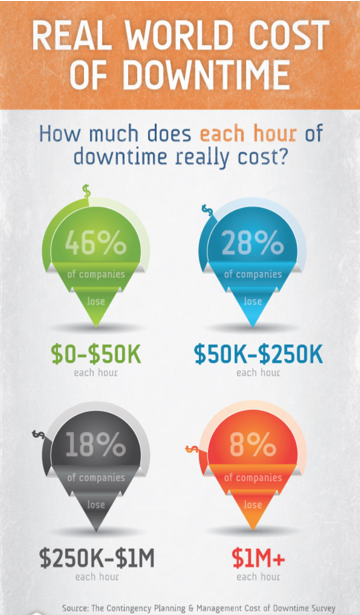
So, of course, this negative attention is understandable because of the money involved. “A million an hour,” it might be less expensive to get translators for all these IT and business people, like the UN, even if it only reduced the downtime by 25%.
Imagine, if you will, a world where a Web server goes down, and the business person that is managing the factory floor knows what that minor outage impacts, what processes, devices or machines. Perhaps specific data collection devices are affected. He could tell his foreman to collect the time slips manually. When business professionals understand the nature of the problem in their context, they can be creative around mitigating the damages. Unfortunately, they currently don’t have that advantage.
Moreover, now with the “Internet of Things,” it becomes even more scary, particularly in the healthcare market, where we’re now seeing senior citizens being monitored for critical health metrics in their homes via IoT devices. That same web server issue from our manufacturing example could now be blood pressure reading devices for 100’s of patients. In this example, the businessperson MUST have a detailed understanding of that impact so that they can contact them via phone for their blood pressure until the automated system returns.

Technology is the business now, we have to face it, and we can’t keep the anyone, especially our business partners, out of the conversation, especially in times of crisis. We need to provide everyone in the process information that is actionable for them. We need an environment where everyone is reading from the same book, in a format to effect a solution, as a team, in a genuinely connected enterprise, because that is what we are. Our business partners need the tool, of meaningful information.
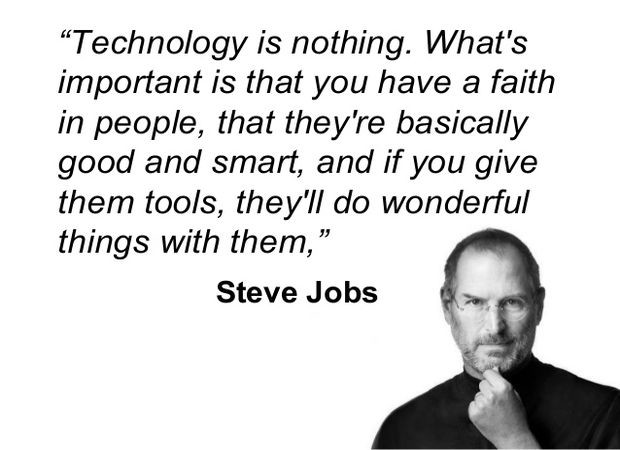
I believe that tool is Business Service Management (BSM).:
Business service management dynamically links business-focused IT services to the underlying IT infrastructure. A business-focused IT service may be a specific IT service or part of a business process, but it must support significant, visible business metric for a business owner.
Forrester defines (BSM)
BSM has been around a long time but proven to be almost impossible to implement and has fallen out of favor. That being said, there is a way to leverage BSM to transformative results and that will be the topic of my next article.
The plethora of articles about IoT validates the need for BSM. Business Service Management is a need to have, not just something to consider. This is because only when everyone in the enterprise can view their metrics off a common dataset holistically can the impact of problems be fully understood and adequately mitigated.
One machine can do the work of fifty ordinary men. No machine can do the work of one extraordinary man.
Elbert Hubbard
BSM Screen Shot Examples
